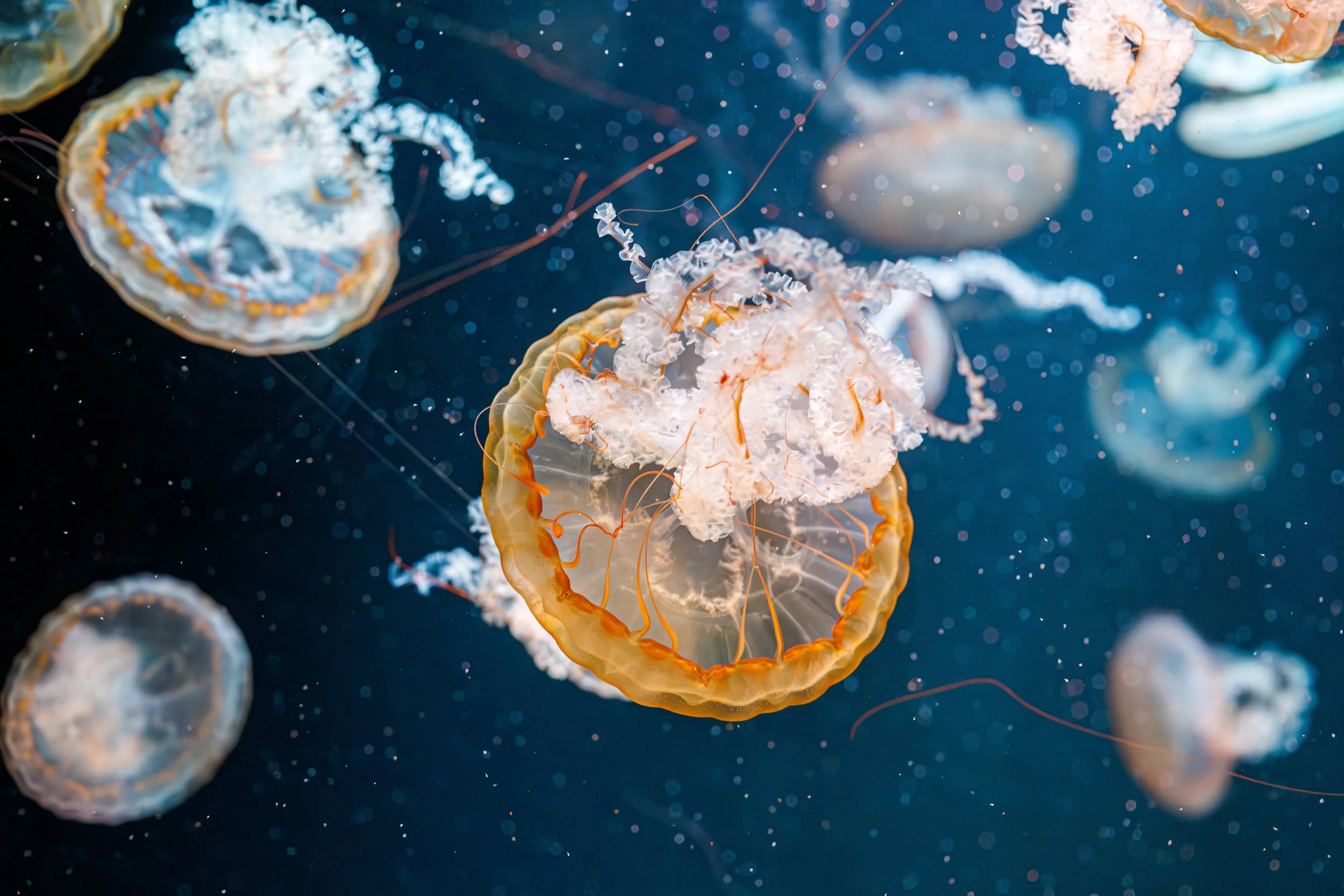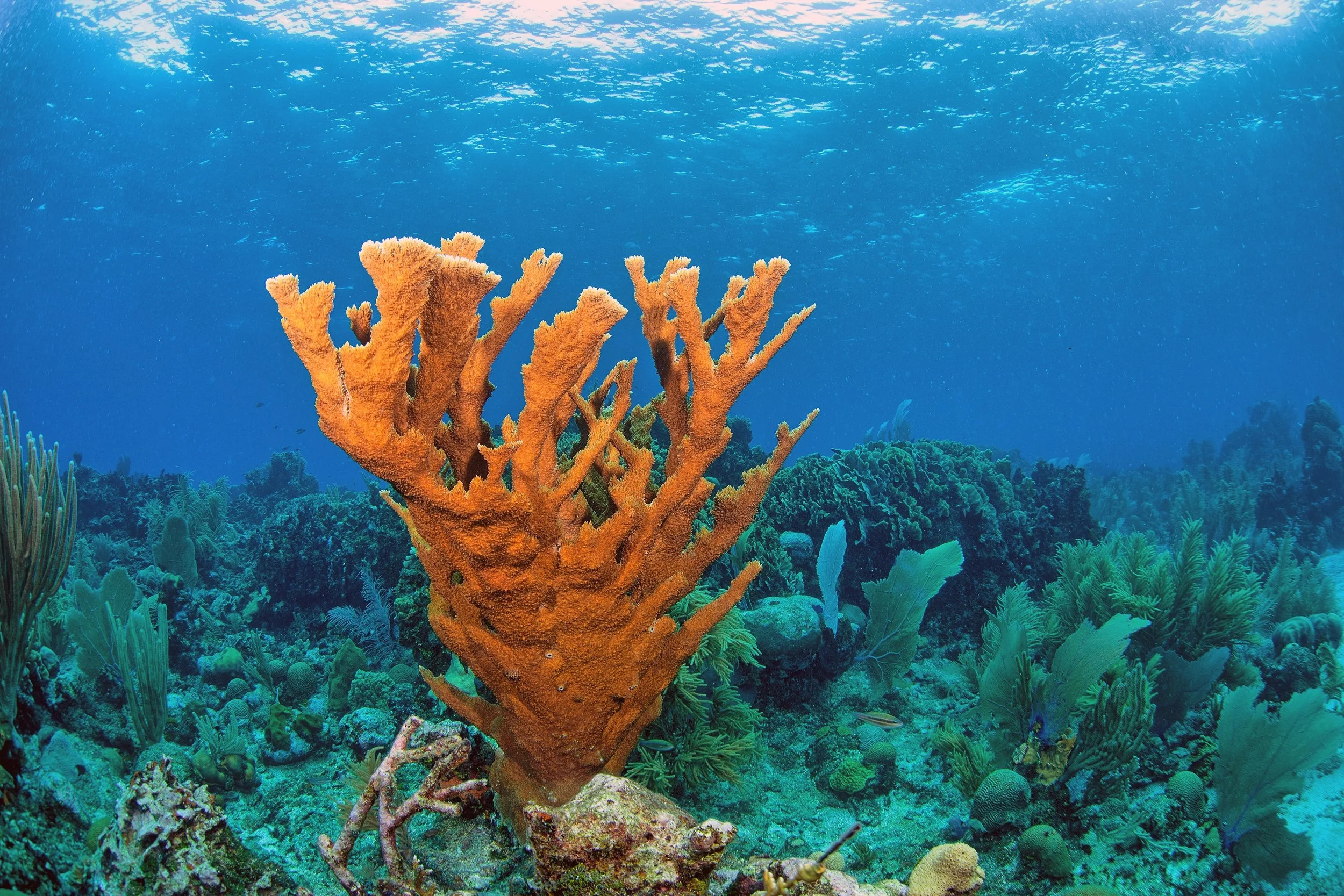Genomes making waves for marine life.
Why do EBP-affiliated scientists want to sequence all Eukaryotic life in the global oceans? As Mark Blaxter, Head of the Tree of Life Programme at the Wellcome Sanger Institute, put it:
“From space, the planet is blue—70% of Earth’s surface area is water. And by depth, there is far more depth to the planet than there is height. The oceans are where all phyla can be found, and where most of life exists.”
Despite this immense biological richness, we still understand very little about how most marine species grow, behave, and interact. EBP-affiliated scientists are leveraging genomics to pave the way for transformative discoveries. We won’t appreciate the full range of insights that marine genomes can unlock—insights into agriculture and aquaculture, pathogens and disease, climate resilience, growth rates, regenerative biology, and extreme adaptations—until we build a comprehensive catalog of high-quality, near-complete genomes.
These genomes will serve as a launchpad into uncharted scientific frontiers, allowing scientists worldwide to ask new questions, make unexpected discoveries, and illuminate the hidden blueprint of life in Earth’s oceans.
🌍 Travel through the oceans and see how genomes unravel the mysteries of the deepest depths
Click an image or link to dive into the details below.
Swimming in Genomes
As EBP-affiliated projects around the world accelerate genome production, we truly are swimming in new assemblies. A special thanks goes to all those focused on marine species—from Fish10K’s bold mission to sequence 10,000 fish genomes to teams in coastal nations working through the extraordinary diversity of life in their waters. The genomes you generate and openly share are giving researchers everywhere a foundation to build on as they tackle the next big questions.
Marine species show just how powerful this work can be. Their genomes are uncovering how life adapts to extreme environments, offering insights into resilience in the face of climate change, and shaping strategies to safeguard vulnerable species. They are also delivering knowledge critical to strengthening global food security. Here’s to the next thousand genomes and to the progress we’re making as we take on challenging marine assemblies and move closer to the ambitious goal of sequencing all life on our blue planet.
Written by: Dr. Anna Bramucci (Earth BioGenome Project: Genomic Insights Coordinator)
Acknowledgements
We extend our sincere gratitude to all EBP-affiliated projects whose groundbreaking genome assemblies made this story possible.
Special thanks go to Dr. Shigehiro Kuraku of Squalomix, for sharing insights into how these assemblies are helping decode the secrets of whale shark vision, and to the contributing aquariums in Japan for their invaluable support.
We are also grateful to the Fish10K team at BGI Research, China, for their continued efforts to generate fish and other marine genomes — including the chromosome-level assembly of the giant krill genome. Particular thanks to Dr. Guangyi Fan, Fish10K project leader, whose expertise and leadership were essential to telling the story of the krill’s mega-genome, and to Minwen Zhang from the BGI Research Scientific Database Team for her valuable assistance in preparing this issue.
Thank you to Dr. Phillip Morin (NOAA) for his instrumental role in discussing the recent Cetacean Genomes Project publication and highlighting how these whale and dolphin genomes are advancing conservation efforts. The Vertebrate Genomes Project and the Darwin Tree of Life UK Project completed the majority of the genome sequencing and assembly, with partial funding provided by the US National Oceanic and Atmospheric Administration (NOAA) and Revive & Restore.
Additional thanks to ATLASea for sharing insights from several ongoing marine projects, and to the Wellcome Sanger Institute, the Darwin Tree of Life Project, and the Aquatic Symbiosis Genomics Project for their advice and contributions to this issue of EBP Life. The sequencing efforts of the Aquatic Symbiosis Genomics project are supported by the Gordon and Betty Moore Foundation.
And of course, thank you to Marta Riutort and the Catalan Initiative team, especially coral expert Dr. Javier del Campo, for showcasing the importance of their work advancing innovative methods through ongoing research and development in their labs. The Mediterranean Coral Genomes work is supported by the Departament de Recerca i Universitats de la Generalitat de Catalunya.
And finally, thank you to the authors of the recent turtle genomes publication who helped craft a compelling story about turtle genomics for this issue — particularly Lisa Komoroske from the University of Massachusetts Amherst and Camila Mazzoni from The Leibniz Institute for Zoo and Wildlife Research and ERGA. We would also like to thank the experts at the Vertebrate Genomes Project, who, together with colleagues from NOAA and CSIRO Australia, provided valuable support during the analysis featured in this issue of EBP Life.
References
Bein, Bernhard, Ioannis Chrysostomakis, Larissa S. Arantes, Tom Brown, Charlotte Gerheim, Tilman Schell, Clément Schneider, et al. "Long-read sequencing and genome assembly of natural history collection samples and challenging specimens." Genome Biology 26, no. 1 (2025): 25.
Bukhman, Yury V., Phillip A. Morin, Susanne Meyer, Li-Fang Chu, Jeff K. Jacobsen, Jessica Antosiewicz-Bourget, Daniel Mamott, et al. "A high-quality blue whale genome, segmental duplications, and historical demography." Molecular Biology and Evolution 41, no. 3 (2024): msae036.
Howard, Caroline, Amy Denton, Benjamin Jackson, Adam Bates, Jessie Jay, Halyna Yatsenko, Priyanka Sethu Raman, Abitha Thomas, Graeme Oatley, et al. “On the Path to Reference Genomes for All Biodiversity: Lessons Learned and Laboratory Protocols Created in the Sanger Tree of Life Core Laboratory over the First 2000 Species.” bioRxiv (2025).
Li, Ruiqi, Carlos Leiva, Sarah Lemer, Lisa Kirkendale, and Jingchun Li. "Photosymbiosis shaped animal genome architecture and gene evolution as revealed in giant clams." Communications Biology 8, no. 1 (2025): 7.
Shao, Chun, Shun Sun, Kai Liu, Jun Wang, Shuang Li, Qing Liu, Ben E. Deagle, Inge Seim, Andrea Biscontin, Qiang Wang, and Xiaojun Liu. "The enormous repetitive Antarctic krill genome reveals environmental adaptations and population insights." Cell 186, no. 6 (2023): 1279–1294.
Tamisiea, Jack. “Mutation behind night blindness in humans helps whale sharks see in the dark.” Science, March 30, 2023.
Yamaguchi, Kazuaki, Mitsumasa Koyanagi, Keiichi Sato, Akihisa Terakita, and Shigehiro Kuraku. "Whale shark rhodopsin adapted to deep-sea lifestyle by a substitution associated with human disease." Proceedings of the National Academy of Sciences 120, no. 13 (2023): e2220728120.










